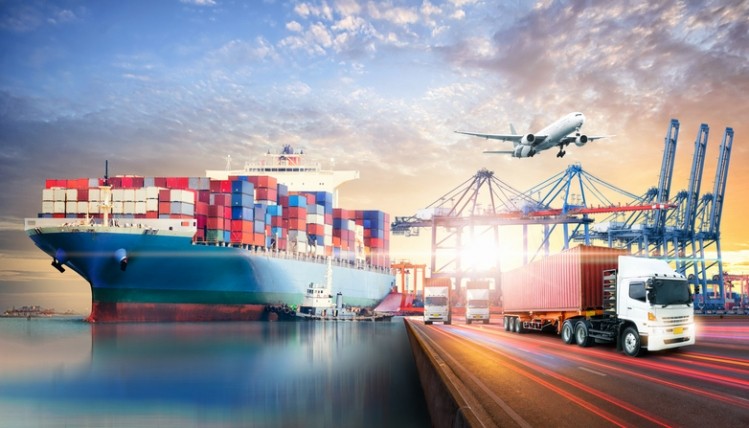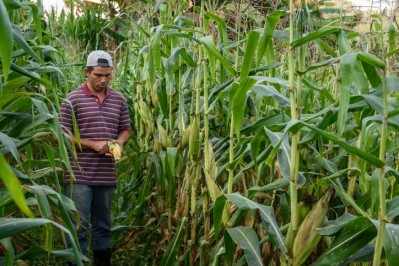Feed additive tracker: Port congestion causing headaches for trade, amid climbing inflation

In South America, more than one month of strikes and looting in Colombia's port of Buenaventura caused major disruptions and delays for ships and trucks. Nearby ports in Guayaquil, Ecuador, and other key destinations for feed additives are affected too, reports Switzerland based trading and data platform, Kemiex.
“South China’s port congestion has gone from bad to worse. Multiple shipping lines have blamed COVID-19 for causing low port productivity in the Pearl River Delta as more cases have been confirmed in Shenzhen (Yantian, Shekou) and Guangzhou (Nansha) - where Lonza, a well-known vitamin and API producer operates a plant. A major shipping line said it was expecting delays of 16 days as more than 84 vessel arrivals were affected by the congestion. The region itself is less relevant for feed additives export, but ripple effects are felt throughout global freight markets.
“In Europe, Hamburg port operations have also been impacted by congestion and strikes during Whitsun causing several diversions to Wilhelmshaven and other ports,” Stefan Schmidinger, partner at Kemiex, told us.
Freightos, the freight services and intelligence platform, saw its Global FBX Container Index increased +17% in June, from levels that were on record-highs already (+65% YTD), he said.
FBX East Asia to North Europe passed the US$10,000 mark on June 1, notably without surcharges, which brings total transportation costs to US$15,000, more than eight times the cost from two years ago, while FBX Europe to South America West Coast posted the most significant growth of +56% in June and is now up +209% YTD, reported Schmidinger.
In addition, demand for retail goods in the US and Europe remains high with low inventories, and peak season ahead, he cautioned.
“Therefore, there would seem to be no better prospects for freight markets in 2H 2021. According to Sea-Intelligence, congestion problems in 2021 are of such a magnitude that it is as if the entire industry had decided to remove all Ultra-Large Container Vessels, or over 2 million TEU, from the market.”
Inflation dynamic
In April and May, the US consumer price index (CPIs) soared to a 13-year high and China’s producer price index (PPI) almost hit the same mark with +9% in May, and +6.8% in April.
“Driven by a severe deterioration of global freight reliability and costs, and a weaker US dollar, many companies are discussing the impact of sustained higher prices for purchasing but also pricing and demand for end products, asking if these seismic shifts in the economic environment are here to stay or just transitory,” said the Kemiex representative.
China's Ministry of Agriculture reported early June that average prices of domestic corn and soybean meal were up +35% and +15%, pushing compound feed +15% YoY. However, it noted that prices for pork and piglets were decreasing by -33% to -39%, creating severe challenges for breeders.
Large industrial groups typically have access to bridge financing, but smaller, family-owned farms, globally, are feeling the pain and are looking to pause their breeding activities, said the Swiss analysts.
Distributors continue to focus on servicing contracted buyers, building less speculative positions and only in product categories where price levels appear sustainable for longer, they added.
“We’re hearing more often that it’s better not to earn, than to lose from a few sour trades. The outlook for many ingredients is currently more difficult to anticipate than in the past as a result,” said Schmidinger.
Price spreads are significantly widening between regions, as ex origin prices in Asia were more affected by recent price drops, while delivered prices in Europe and Americas remained almost stable or only slightly weaker driven by soaring freight costs, he said.
It is also the ushering in of the summer maintenance season for vitamins and amino acid producers right now; companies that will stop producing for four to 10 weeks include Jilin Beisha, NHU, Ningxia Eppen, Fufeng Group, Henan Julong and CJ CheilJedang in Malaysia, said Kemiex.














